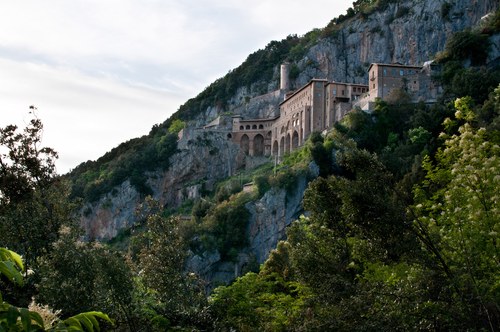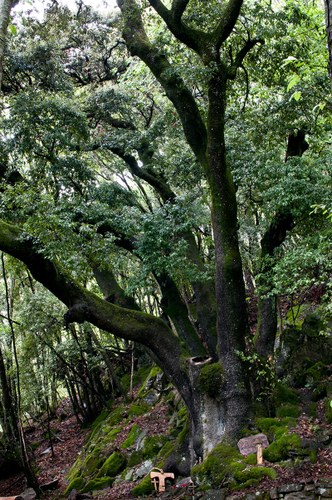
Sacred Natural Sites (SNS) are defined by IUCN as areas of land or water that hold special spiritual significance for people and communities. Since 1972 and especially in the last 20 years, a growing body of ecological research has demonstrated that these places tend to be important hotspots of biological and landscape diversity, while also playing a key role for the history and identity of many peoples. This applies also to Italy. Indeed a handful studies have already shown how the natural areas surrounding rural hermitages, monasteries and shrines are especially rich of biodiversity, in a similar way to what has been found in distant contexts such as India, Indonesia, Tibet and Sub-Saharan Africa.
These characteristics make SNS especially relevant to biodiversity conservation. Some researchers, for instance, have compared these places to a ‘shadow network’ that complements the official network of protected areas. In particular, it is argued that SNS may contribute to protecting habitat types that are usually little represented in official protected areas, despite being biodiversity-rich. Others have underlined how SNS may represent a form of nature conservation that is spontaneous, inexpensive and cognisant with the values of local populations. In this sense, they can be considered as part and parcel of what IUCN defines as ‘other effective conservation measures’ (OECMs), which will likely have a growing importance in fulfilling conservation goals worldwide in the future.
Despite these potentials, there remain a number of open questions about the biological characters of SNS at different spatial scales, how these characters translate (or not) into practical benefits for humans (the so-called ‘ecosystem services’) and how SNS and protected areas may best interact for conservation purposes. A strong limitation to answering such question is the lack of nation-wide databases permitting to analyse the distribution of SNS across different habitats and geographical areas.

To answer some of those questions and with the support of the Italian Ministry of Education, Universities and Research, we have launched the project of national interest BioESSaNS (Biodiversity and Ecosystem Services of Sacred Natural Sites). The project builds on the creation of a georeferenced database of SNS in all Italy (the first such database in the Country and one of the first ones in the world). It then aims to investigate a representative sample of SNS along three main dimensions:
To test the hypothesis that a positive relation exists between SNS and these three elements, BioESSaNS leverages a multidisciplinary approach, made possible by the collaboration of four research groups at the University of Bologna, the National Center of Researches (CNR) and the University of Gastronomic Sciences.
Precisely in virtue of this multidisciplinary character, the findings of BioESSaNS will not only help improve our understanding of ecological dynamics and the relation between humans and environment: they will also offer practical indications about conservation policies and contribute to furthering the dialogue on the environment between science and religious institutions.